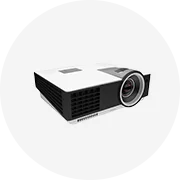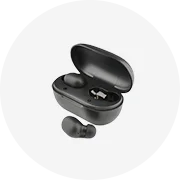Phổ biến trong ngành của bạn

















Các tìm kiếm liên quan:




























Các danh mục hàng đầu
Giới thiệu về lò xo cuộn nóng đường sắt
Nhận được trang bị công nghệ thông minh và đáng tin cậy nhất. lò xo cuộn nóng đường sắt tại Alibaba.com để có giao dịch và giá cả phải chăng. Những cái này. lò xo cuộn nóng đường sắt tương thích với tất cả các loại kiểu TV và có thể liên tục cung cấp các dịch vụ cao cấp trong một khoảng thời gian dài. Các sản phẩm được liệt kê ở đây có chất lượng tối ưu và đi kèm với một loạt các tính năng làm cho chúng trở nên độc đáo so với các sản phẩm khác. Mua những thông minh và hiệu quả. lò xo cuộn nóng đường sắt từ các nhà cung cấp hàng đầu đảm bảo độ bền và chất lượng không bị thay đổi.
Bất kể bạn có định sử dụng những thứ này hay không. lò xo cuộn nóng đường sắt trong văn phòng, nhà riêng hoặc các tài sản thương mại khác, chúng lý tưởng cho mọi mục đích sử dụng. Các mặt hàng được chứng nhận ISO và đảm bảo các tiêu chuẩn chất lượng được duy trì nghiêm ngặt. Những cái này. lò xo cuộn nóng đường sắt có sẵn ở các kiểu máy riêng biệt và hỗ trợ nhiều ngôn ngữ. Các. Bộ thu lò xo cuộn nóng đường sắt được trình bày với màn hình LED sáng để kiểm tra các điều khiển và đi kèm với CPU kép.
Tại Alibaba.com, bạn có thể kiểm tra rất nhiều. lò xo cuộn nóng đường sắt tùy thuộc vào yêu cầu cụ thể của bạn. Cho dù bạn đang tìm kiếm một thường xuyên. lò xo cuộn nóng đường sắt Bộ thu TV hoặc các sản phẩm tương thích với Android TV hoặc TV thông minh khác, bạn có thể tìm thấy mọi thứ trên trang web. Những cái này. lò xo cuộn nóng đường sắt có đầu ra video từ 480 đến 1080, có sự kiểm soát của phụ huynh và là thiết bị hỗ trợ WiFi. Bạn được cung cấp cáp AV, điều khiển từ xa và chipset bên trong khi mua các thiết bị này.
Duyệt qua nhiều. Tùy chọn lò xo cuộn nóng đường sắt tại Alibaba.com và tiết kiệm tiền của bạn khỏi bị lãng phí vào các sản phẩm được định giá quá cao không cần thiết. Các sản phẩm này có sẵn theo đơn đặt hàng OEM và bao bì tùy chỉnh. Bạn cũng có thể tận dụng các chiết khấu vượt trội khi mua số lượng lớn.






















